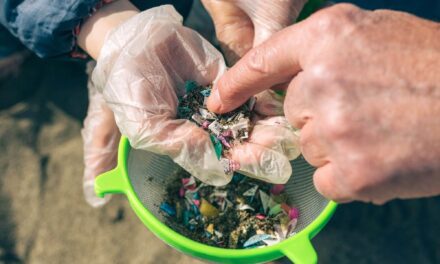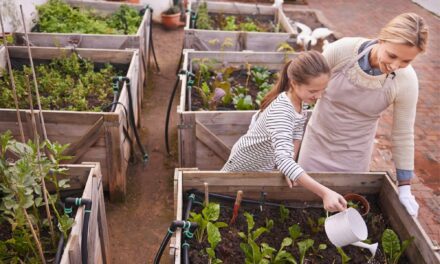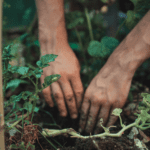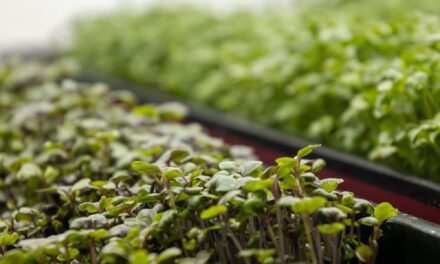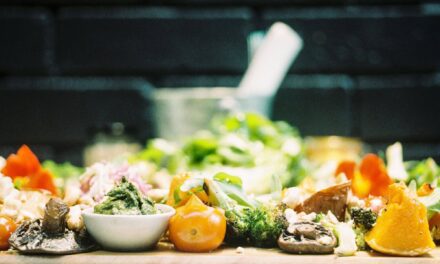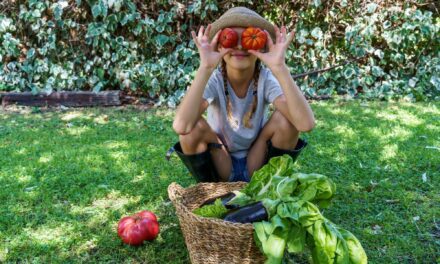
Eco-Friendly Food Packaging: Unveiling 7 Sustainable Ideas
Contents
In the age of environmental consciousness, the impact of our daily choices is under scrutiny, and one area where we can make a significant difference is in our approach to food packaging. As consumers become more environmentally aware, the demand for eco-friendly food packaging is on the rise. This comprehensive article delves into the world of sustainable packaging, exploring the materials used, how to identify eco-friendly options, and presenting seven innovative ideas for sustainable food packaging.
Understanding Eco-Friendly Food Packaging
In the quest for sustainability, choosing eco-friendly food packaging is a crucial step toward reducing our carbon footprint and mitigating environmental impact. Let’s explore what makes food packaging eco-friendly.
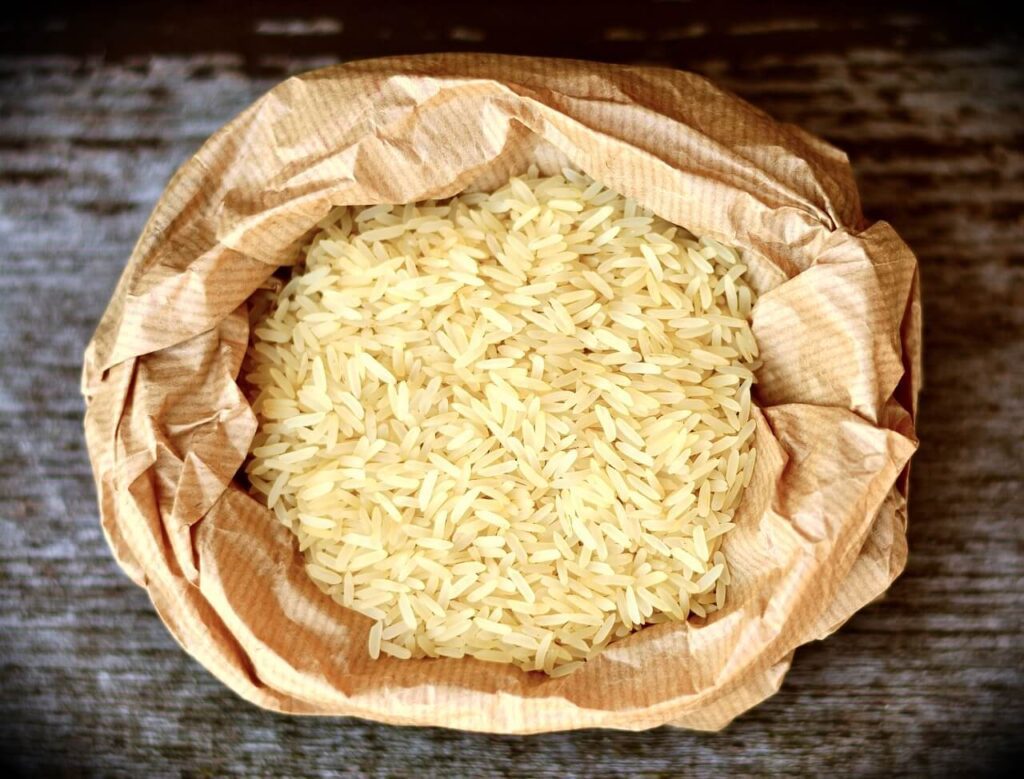
Key Features of Eco-Friendly Food Packaging
Eco-friendly food packaging goes beyond the traditional notion of reducing waste. It involves a holistic approach that considers the entire life cycle of the packaging, from production to disposal. Here are some key features to look for:
1. Biodegradable Materials
Eco-friendly packaging often employs biodegradable materials that break down naturally, minimizing the environmental impact. Materials like compostable plastics, cornstarch, and bagasse (sugarcane waste) are excellent alternatives to traditional plastics.
2. Recyclable Packaging
Recyclable packaging can be reused to create new products, reducing the demand for new raw materials. Look for symbols like the recycling triangle with a number to identify the type of plastic, making it easier for consumers to recycle appropriately.
3. Minimalist Design
Sustainable packaging often embraces a minimalist design, using fewer materials and avoiding excessive printing or coatings. This not only reduces the environmental impact but also makes recycling more straightforward.
4. Locally Sourced Materials
Reducing transportation distances by using locally sourced materials helps cut down on carbon emissions. Packaging made from materials readily available in the local environment is a sustainable choice.
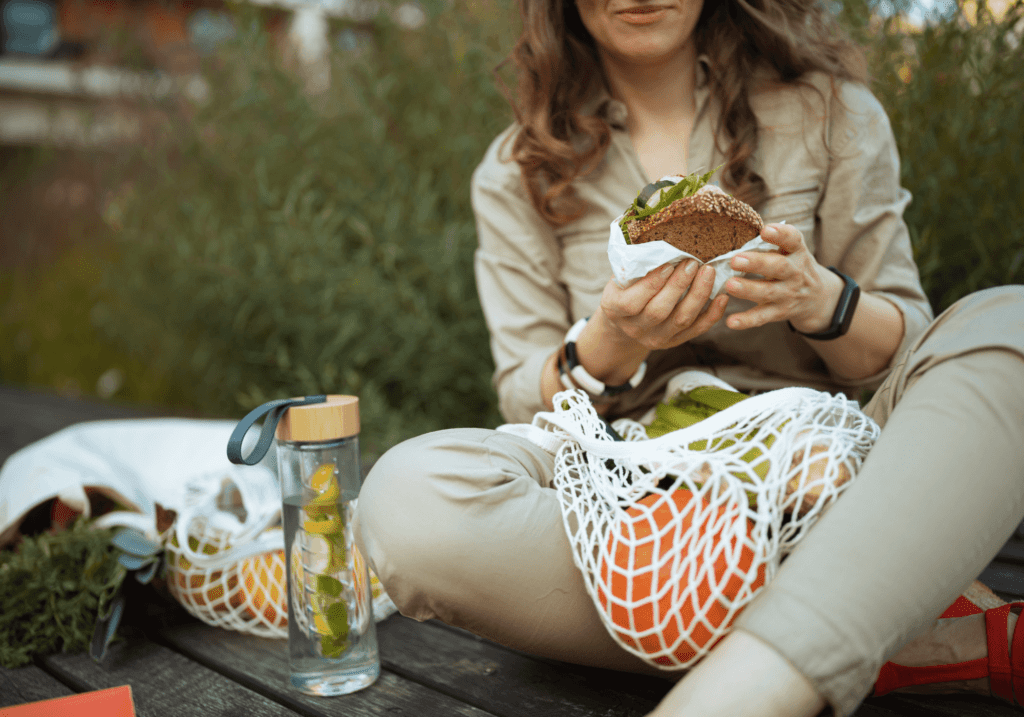
How to Identify Eco-Friendly Food Packaging
Discerning whether a product’s packaging is truly eco-friendly can be challenging, but certain indicators can help consumers make informed choices.
1. Certification Labels
Look for recognized certification labels such as the Forest Stewardship Council (FSC) or the Sustainable Forestry Initiative (SFI). These labels indicate that the packaging materials come from responsibly managed forests.
2. Biodegradability Certifications
Certifications like the Biodegradable Products Institute (BPI) logo ensure that the packaging can break down naturally without harming the environment.
3. Recycling Symbols
Familiarize yourself with recycling symbols, especially those indicating the type of plastic used. Packaging with higher recycling numbers is generally more eco-friendly.
4. Manufacturer Information
Research the packaging manufacturer’s sustainability practices. Companies committed to eco-friendly initiatives often transparently share information about their materials and production processes.
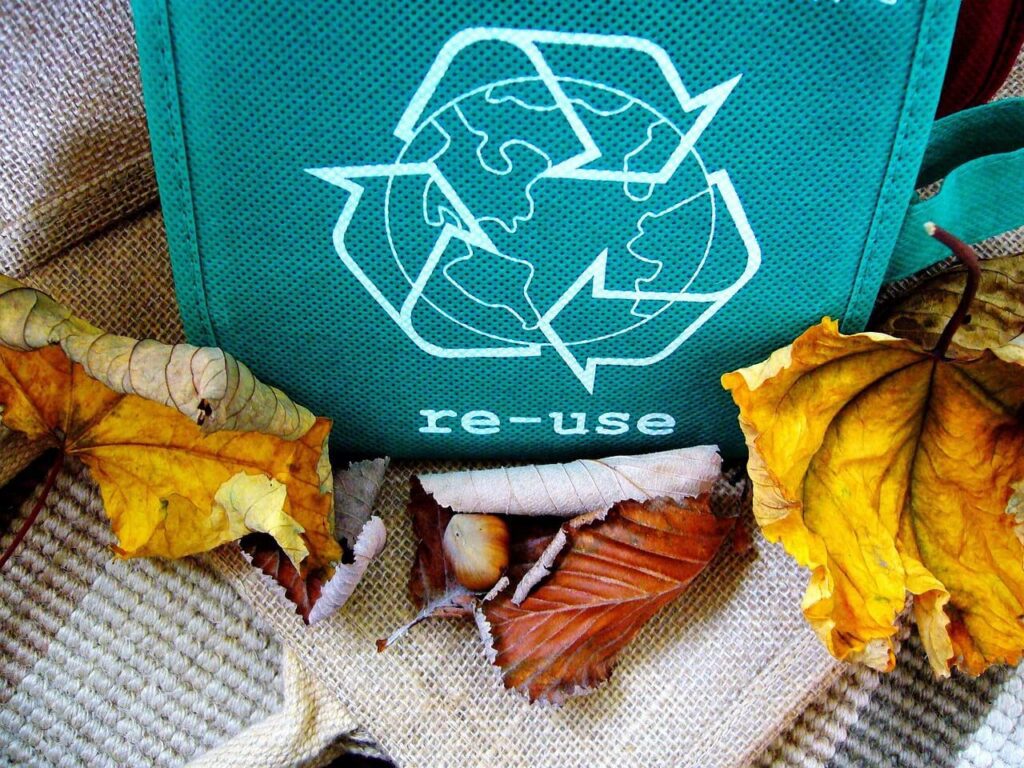
Sustainable Food Packaging Ideas
Now that we understand what makes food packaging eco-friendly, let’s explore seven creative and sustainable ideas that could revolutionize the way we package and consume food.
1. Edible Packaging
Imagine packaging that serves a dual purpose—not only containing your food but also being an edible part of the meal. Edible packaging made from materials like seaweed or rice paper is not only sustainable but also eliminates waste entirely.
2. Plant-Based Plastics
Utilizing plant-based plastics derived from sources like corn or sugarcane offers a renewable and compostable alternative to traditional petroleum-based plastics. These plastics break down more easily and have a lower environmental impact.
3. Mushroom Packaging
Mushroom packaging, also known as mycelium packaging, is an innovative and sustainable alternative. It is created by growing mushrooms in a mold that shapes the packaging. Once the desired form is achieved, the material is dried, creating a sturdy and compostable packaging solution.
4. Beeswax Wraps
For a plastic-free and reusable alternative, beeswax wraps have gained popularity. These wraps are made from cotton infused with beeswax, jojoba oil, and tree resin. They are perfect for covering and preserving food, and they can be washed and reused multiple times.
5. Compostable Plastics
Compostable plastics, derived from renewable resources like cornstarch, break down into natural components when composted. They offer the convenience of plastic without the long-lasting environmental impact.
6. Upcycled Packaging
Upcycled packaging involves repurposing waste materials into functional and attractive packaging. This can include using discarded materials like coffee grounds or agricultural by-products to create unique and sustainable packaging solutions.
7. Reusable Containers
Encouraging a shift from single-use to reusable containers can significantly reduce packaging waste. Durable materials like stainless steel or glass can be used for packaging, offering a long-lasting and sustainable option.
Expanding on Sustainable Food Packaging Practices
Our journey into sustainable food packaging wouldn’t be complete without delving into the practices that businesses and consumers can adopt to further promote eco-friendly alternatives.
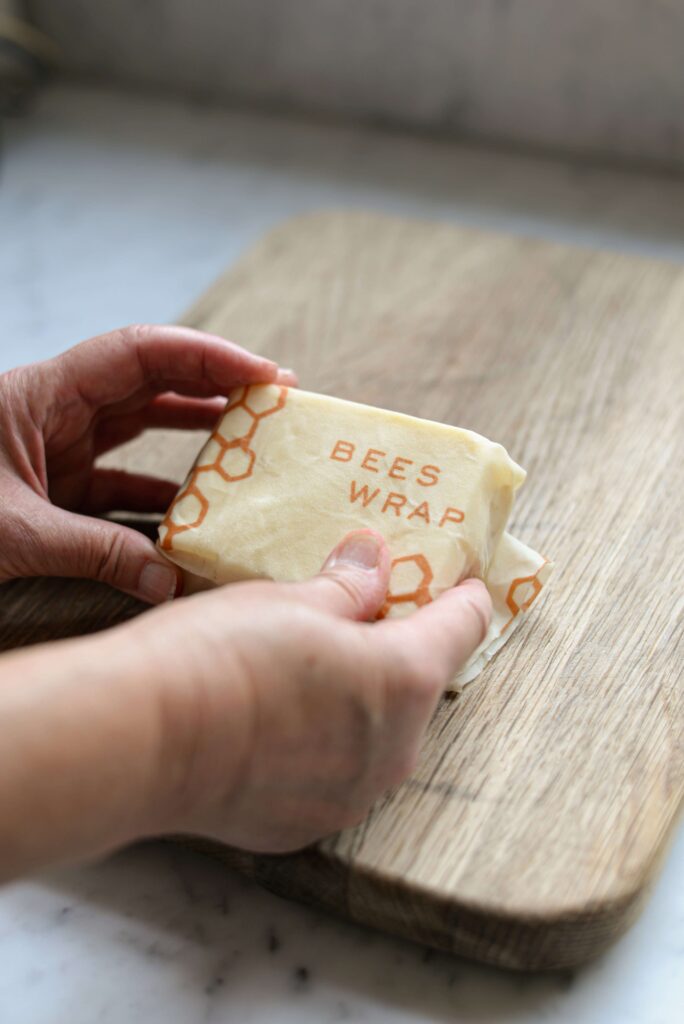
Business Initiatives for Sustainable Packaging
1. Supply Chain Transparency
Businesses can enhance sustainability by providing transparency throughout their supply chain. Knowing where materials come from, how they are processed, and the environmental impact of each stage allows companies to make informed decisions that benefit both the planet and their brand reputation.
2. Circular Economy Models
Adopting a circular economy model involves designing products and packaging with the intent of reuse, refurbishment, and recycling. This approach reduces waste and extends the life cycle of materials, contributing to a more sustainable and regenerative system.
3. Collaborative Industry Efforts
Industry collaboration fosters innovation and the sharing of best practices. Businesses can work together to develop standardized eco-friendly packaging solutions and collectively address challenges related to sustainable practices.
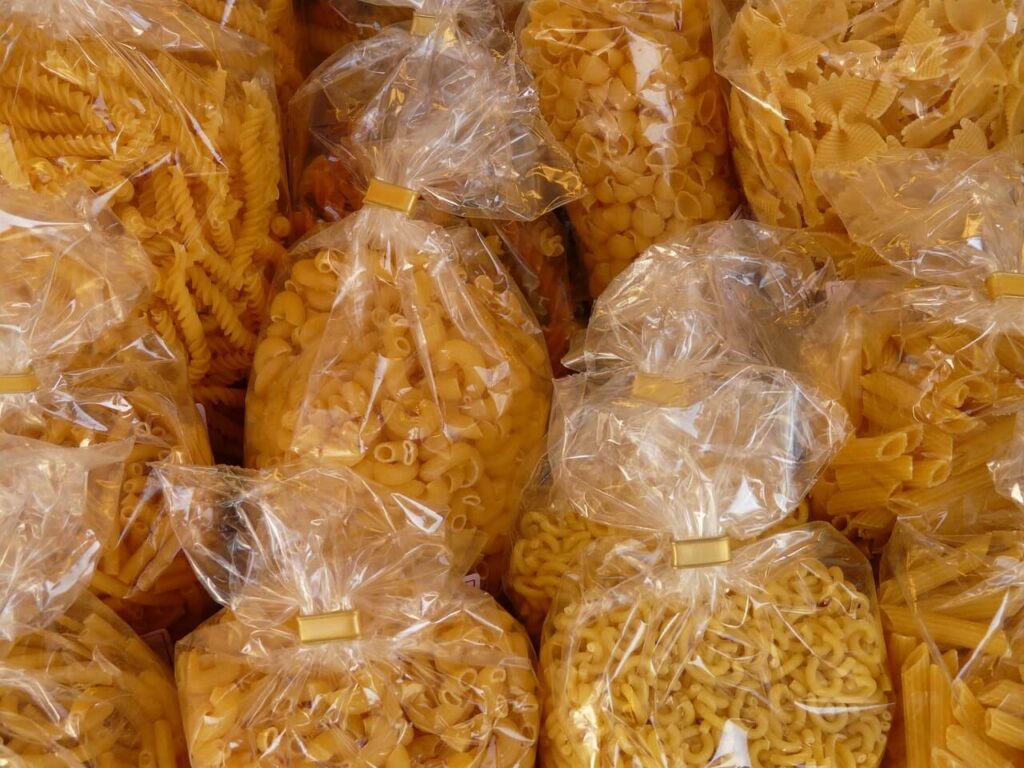
Consumer Engagement in Sustainable Packaging
1. Educate and Raise Awareness
Consumer awareness plays a pivotal role in steering the demand toward sustainable options. Educational initiatives, whether through labeling, advertising, or social media campaigns, can inform the public about the benefits of choosing eco-friendly packaging.
2. Reward Programs for Sustainable Choices
Implementing reward programs for choosing sustainable packaging can incentivize consumers to make eco-friendly choices. Discounts, loyalty points, or other incentives can encourage a shift in consumer behavior.
3. Proper Disposal Education
Educating consumers on the proper disposal of packaging materials is crucial. Providing clear instructions on how to recycle or compost different types of packaging helps ensure that eco-friendly efforts are not undermined by improper disposal practices.
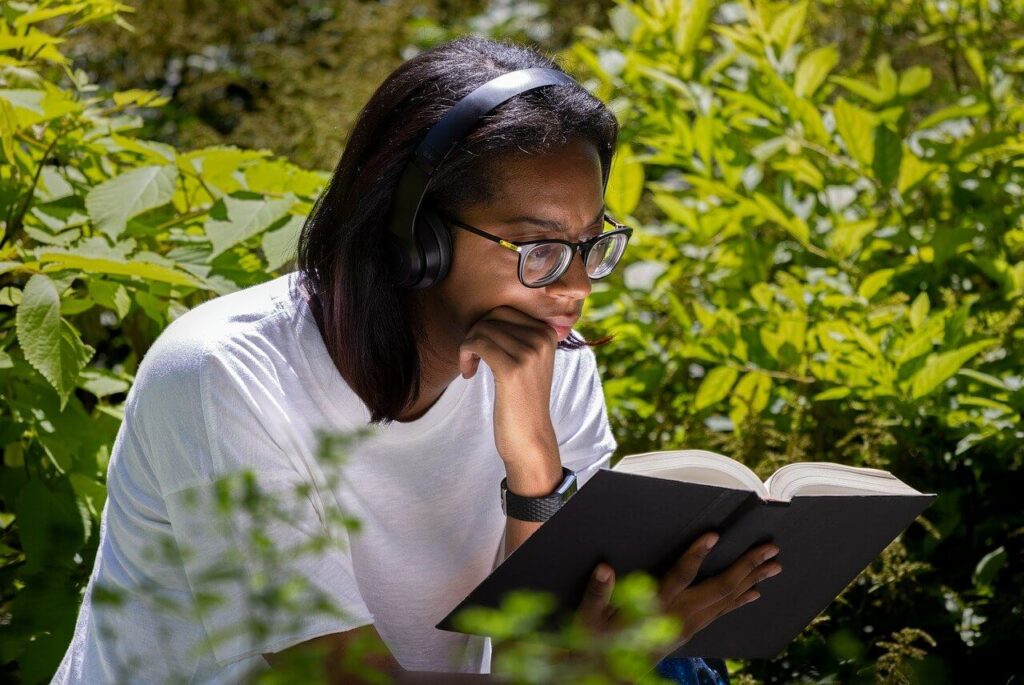
The Role of Government Regulations
Government regulations play a vital role in shaping the landscape of sustainable packaging. Countries and regions can enforce policies that encourage or mandate the use of eco-friendly materials, incentivizing businesses to adopt more sustainable practices.
1. Bans on Single-Use Plastics
Several countries have implemented or are considering bans on single-use plastics. These regulations push businesses to explore alternative packaging solutions, reducing the environmental impact of plastic waste.
2. Extended Producer Responsibility (EPR) Programs
EPR programs hold producers responsible for the entire life cycle of their products, including the packaging. This encourages businesses to design packaging that is easy to recycle and manage at the end of its life.
3. Tax Incentives for Sustainable Practices
Governments can offer tax incentives to businesses that adopt sustainable packaging practices. These financial rewards motivate companies to invest in eco-friendly alternatives and contribute to a more sustainable economy.
In conclusion, achieving a sustainable future in food packaging requires a collective effort from businesses, consumers, and policymakers. By understanding the characteristics of eco-friendly packaging, identifying sustainable options, and actively participating in initiatives that promote responsible packaging, we can pave the way for a greener and healthier planet.


